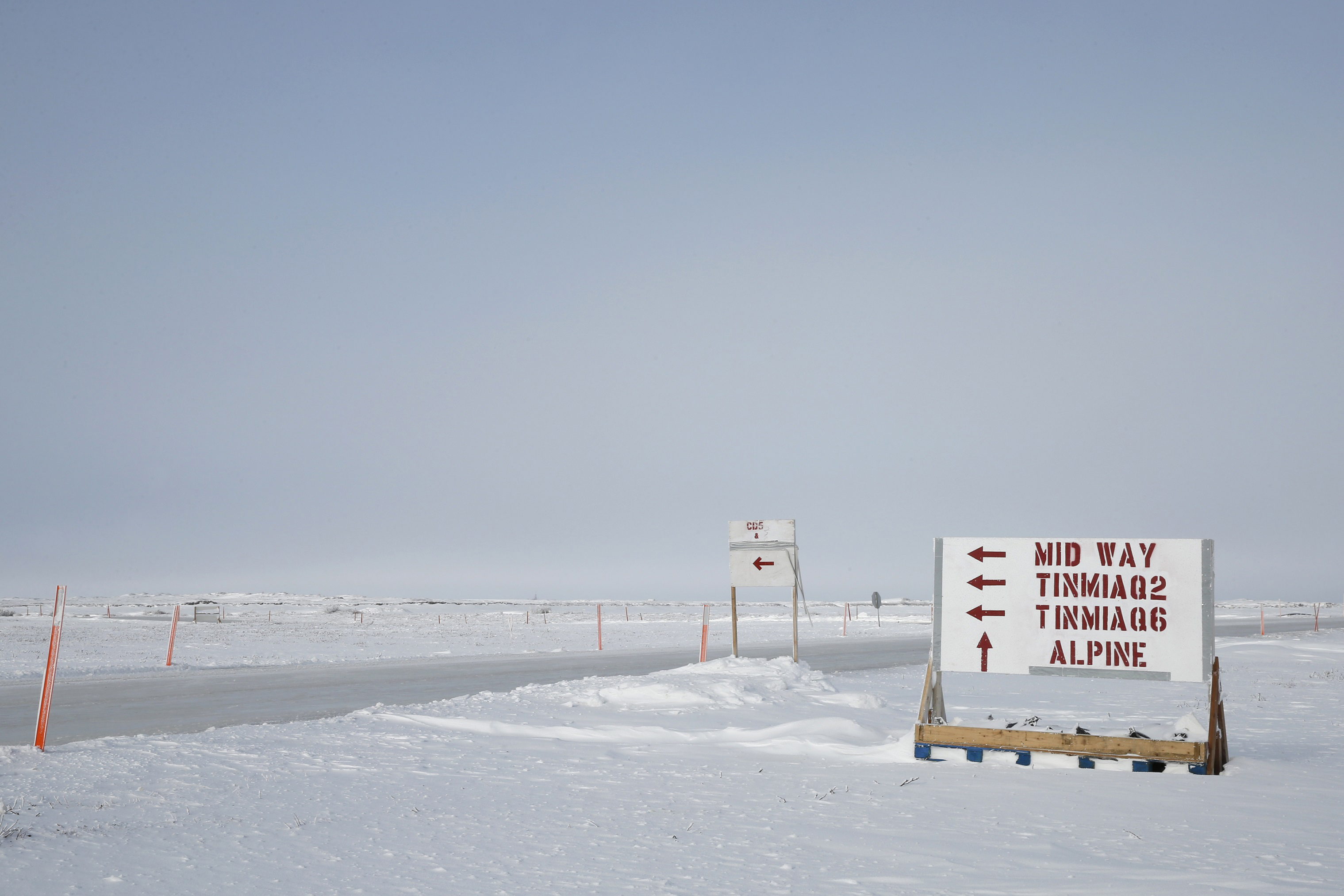The current Alaska petroleum reserve plan is solid. Don’t fall for a land-rush mentality

During Secretary of the Interior Ryan Zinke’s Alaska visit this past May, he issued a rather hastily ginned-up secretarial order at an oil industry conference calling for revisions to the land use plan for the National Petroleum Reserve-Alaska (NPR-A or “reserve”).
That preceded a Federal Register notice Aug. 7 by the U.S. Bureau of Land Management soliciting interest in oil and gas leasing for all lands in the reserve, including those currently closed to oil and gas leasing.
Contrary to the implication of the secretary’s comments and order, the current land use plan (“Integrated Activity Plan” or “IAP”) was only just completed in 2013 and has allowed significant ongoing oil and gas leasing and development. The activity plan was a science-based, well-balanced approach to both oil development and protection of outstanding wildlife resources. The plan is working – it is not broken and major changes are not warranted.
Since 1999, approximately 5.6 million acres have been leased in the Indiana-sized reserve, including more than 1.1 million acres leased during the Obama administration. It should be noted that over that same time, more than 70 percent of tracts leased have been relinquished or have expired without development.
[New effort underway to find out how much oil is beneath ANWR, NPR-A]
The formulation of the current activity plan was characterized by:
• Substantial public outreach and input. The draft Environmental Impact Statement received more than 400,000 comments, extensive hearings and public meetings were held, and consultation was conducted with affected tribes and Alaska Native corporations.
• Carefully constructed land use designations that balanced statutory provisions for oil and gas leasing, and protecting key wildlife and other surface resources. Approximately 52 percent, or 11.8 million acres, of the 23 million-acre reserve, containing approximately 72 percent of the estimated recoverable oil, is available for oil and gas leasing.
While the 1976 Naval Petroleum Reserves Production Act authorized the leasing of oil and gas in the reserve, it also specifically called for the protection and designation of special areas of environmental, subsistence, recreational, fish and wildlife, and historical or scenic value. Teshekpuk Lake, the Utukok River Uplands and the Colville River were designated by the secretary of the interior in 1977 as special areas.
• Recognition of existing and potential oil and gas lease areas. Large areas south of the Teshekpuk Lake Special Area within and adjacent to known oil and gas units remain available for oil and gas leasing. At the lease sale last December, nearly half a million acres were leased by ConocoPhillips near its recent Willow discovery.
• Recognition of the use of reserve lands by local residents. The plan seeks to protect subsistence resources including caribou, waterfowl, marine mammals and fish. Of particular importance is the 40,000-head Teshekpuk Caribou Herd, from which local residents harvest between 3,000 and 5,000 animals annually. Most of the calving grounds, migration routes and insect relief areas are protected within the Teshekpuk Lake Special Area.
Similarly, 40 villages stretching from the North Slope to the Yukon Delta depend on harvest of the 200,000-head Western Arctic Caribou Herd, the largest in Alaska. The primary calving and insect relief areas of this herd are protected in the Utukok River Uplands Special Area (an area of very low oil potential).
[Should all of NPR-A be on the table of oil development]
While the plan recognizes the potential for economically recoverable oil in the Teshekpuk Lake Special Area, 3.1 million acres there are not available for leasing because of the critical importance of this area for: 1. the Teshekpuk Caribou Herd; 2. the internationally important waterfowl nesting, migration and molting area surrounding the lake; 3. Endangered Species Act-listed polar bear, and spectacled and Steller’s eiders; and 4. the highest breeding density of shorebirds in the circumpolar Arctic.
No leasing north or west of the lake has occurred under any federal administration during the past 40 years.
There will always be changing circumstances and new information that may warrant future changes to the Integrated Activity Plan. However, the impacts of ongoing development and the Arctic’s rapidly changing environment are far from known. We must continue with a precautionary approach to land use decisions while research continues and results are brought forward.
The base information and the formulation of the current plan are scientifically sound, in accord with law, and strike a fair and reasonable balance in the treatment of the natural resources owned by all the citizens of this country. Any changes to the plan should take the deliberative time and effort that went into its original construction.
Pat Pourchot has served as a senator and representative in the Alaska State Legislature, commissioner of the Alaska State Department of Natural Resources and special assistant to the secretary of the interior for Alaska affairs.
The views expressed here are the writer’s and are not necessarily endorsed by Arctic Now, which welcomes a broad range of viewpoints. To submit a piece for consideration, email commentary (at) arcticnow.com.